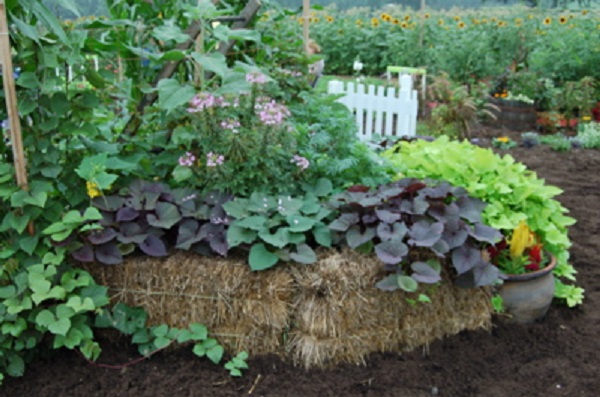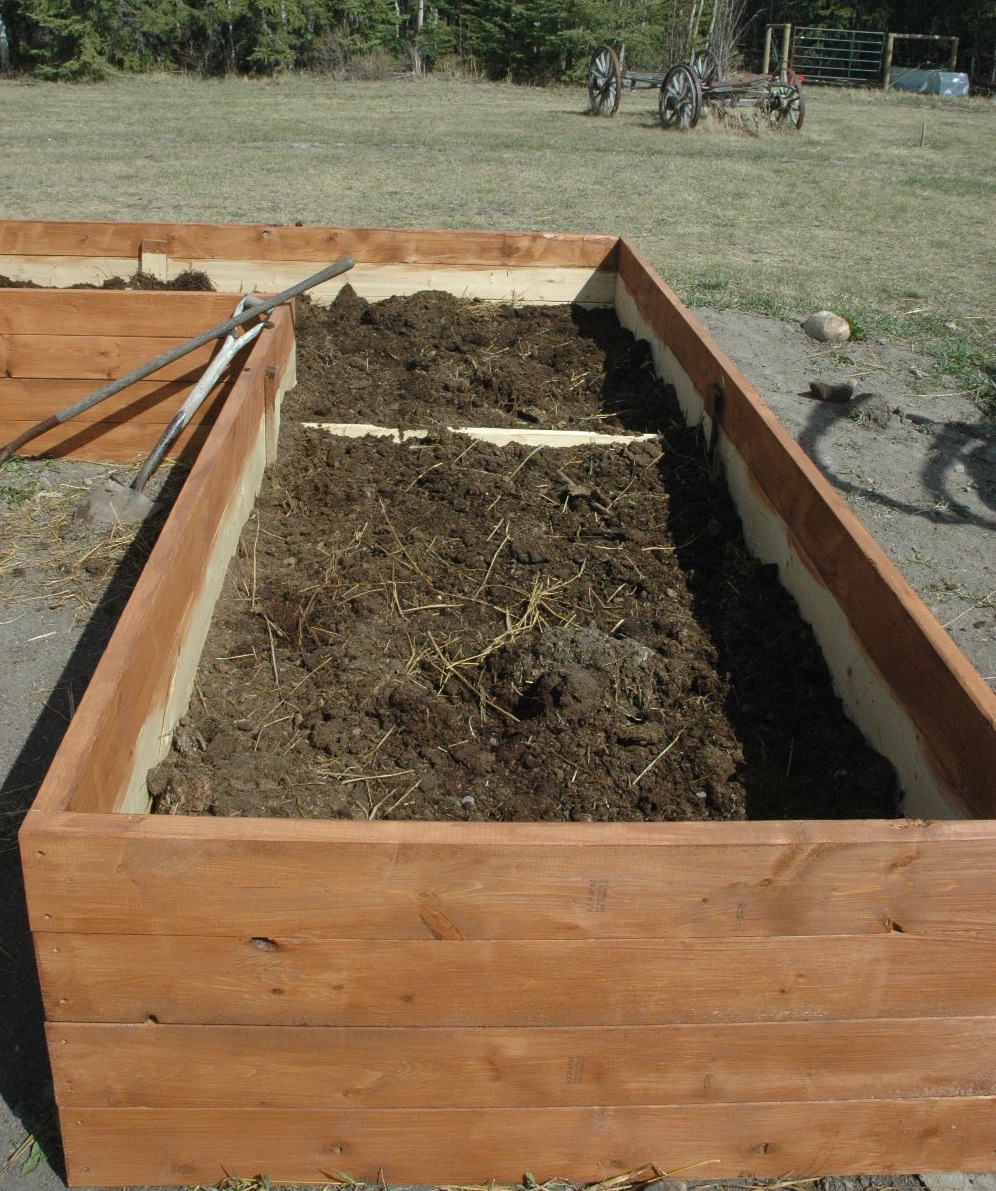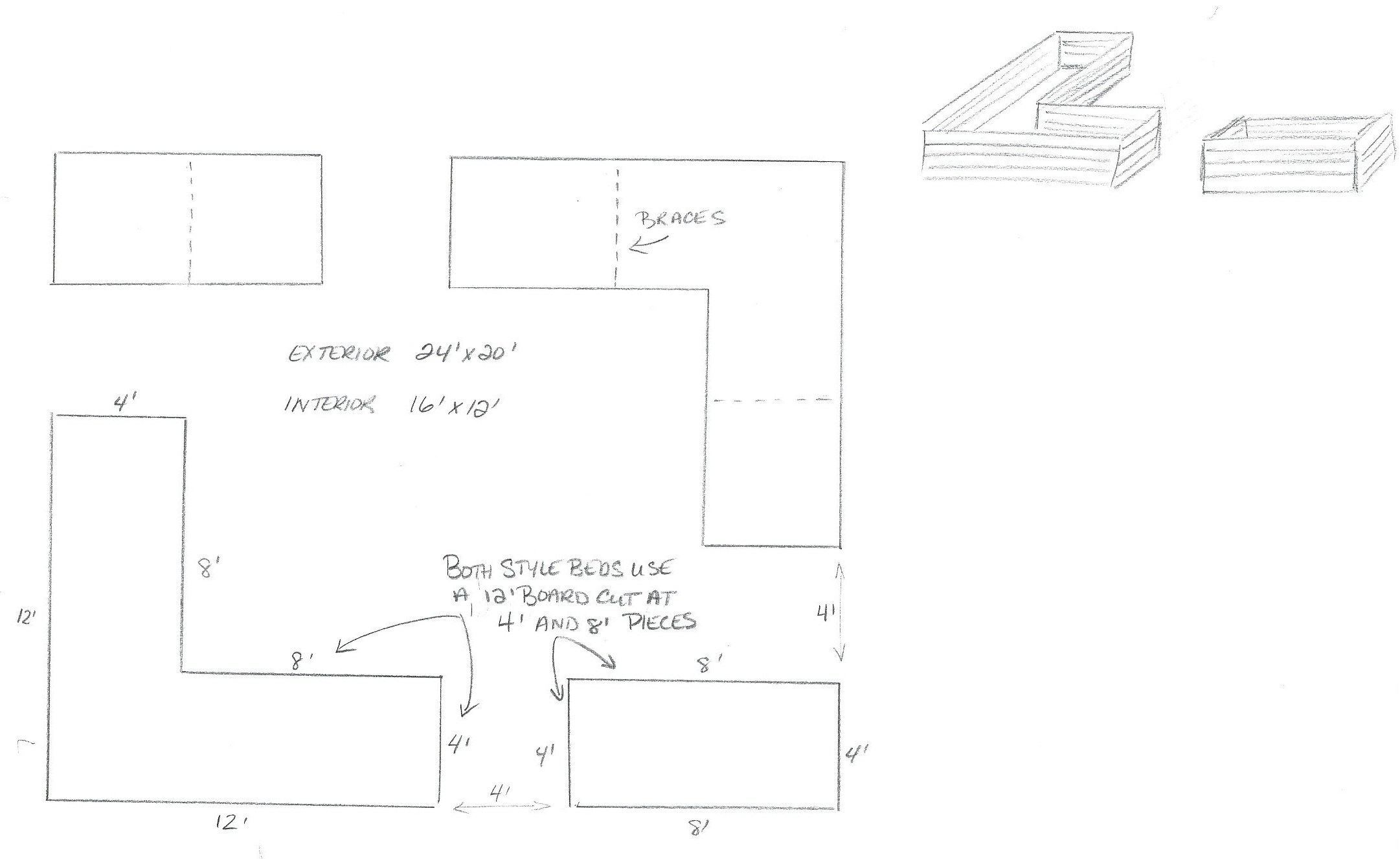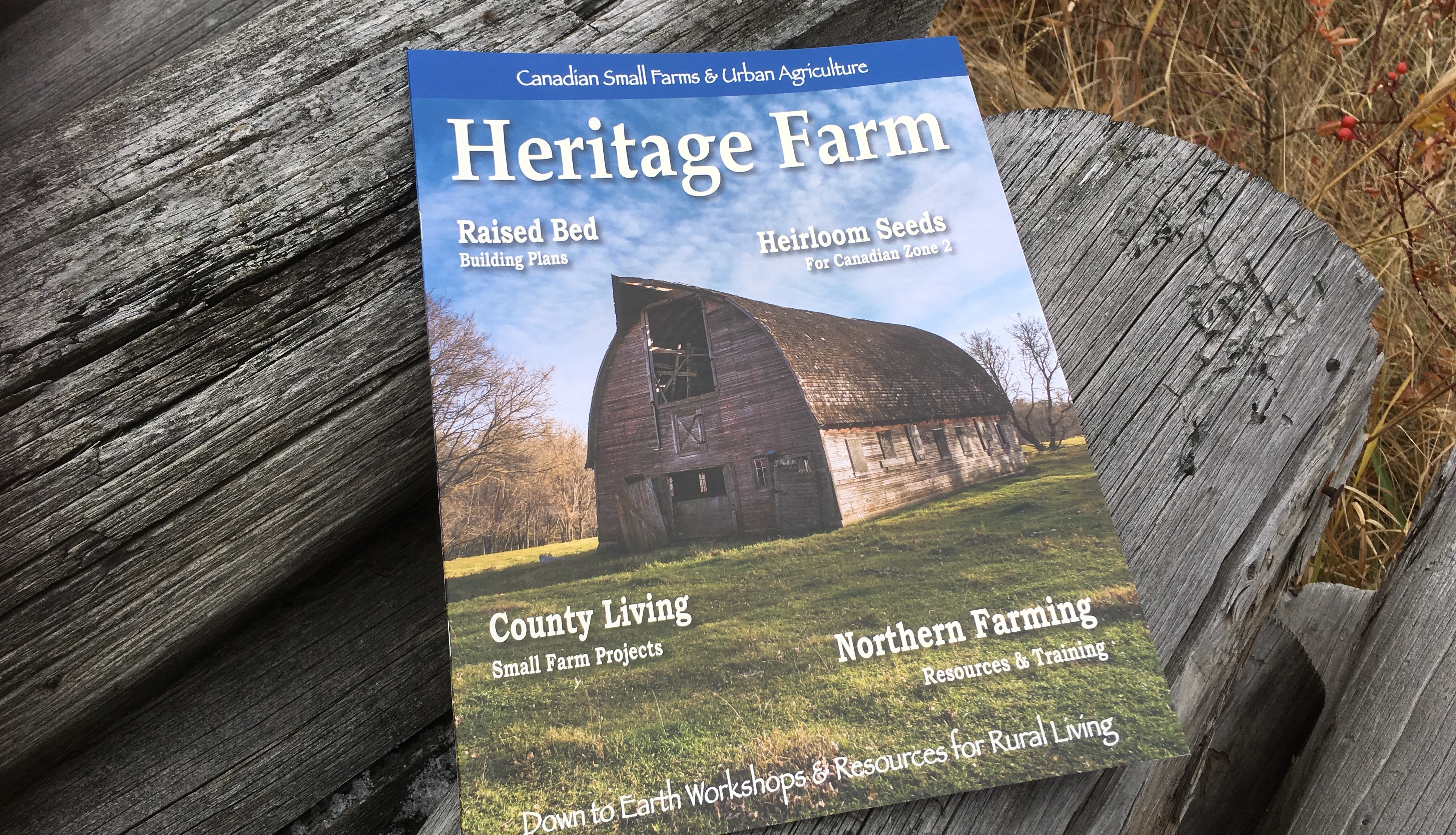
Gardening in northwestern Canada can be very frustrating for new gardeners unless they are lucky enough to have an established old fashion garden spot with healthy rich soil that has been built up over the years.
We often recommend urban and rural homeowners looking to build or expand a garden space, consider building at least one raised bed. This project will help eliminate the stress of starting a new traditional garden plot from scratch, which takes years to build up. By building raised beds, you can extend your growing season, taking you from a zone 2 to essentially a zone 4 or 5 by creating a new micro-climate. In a raised bed the soil warms up quicker in the spring, plants thrive sooner and they continue to produce into late fall. No more heavy tilling, no more weeding every weekend or fighting with quack grass, no more compacted heavy clay or drowning plants.

The purpose of a raised bed is to simply create a retaining wall that allows the garden soil to be higher than the surrounding landscape. This could mean soil banked up by rocks, containers, recycled objects, wooden boxes or even straw bales. The purpose is to allow good drainage from a ‘container’ full of healthy rich well composted soil. By eliminating the cool damp conditions of growing in the ground, we reduce the chance for disease and pathogens to ruin our plants. By having drainage, we now control the microclimate and avoid roots drowning in saturated soils. We can add water as needed and if it rains – it drains.

The best part about raised beds is that they can be built, filled and planted all in one day. Spring is a great time to build. The quality of food produced during the first season will be just as good and often better, than the produce from the traditional mature garden plot.

One of the first myths we disproved in our nursery trials was that raised beds require non-stop watering and dry out too soon. This may be true in the south, but up north our climate is much cooler. We found that by having a rich organic media, not too light with peat moss, would retain water longer.

Our beds were built at a height of 2 feet . They were purposely placed over the heaviest weed and quack-grass area of the garden plot. A thick layer of cardboard lined the bottom, followed by a thick layer of straw (not hay). On top of that, we used a good mixture of well composted barnyard soil, peat bog soil and some of the regular clay topsoil to hold water. As the straw deteriorates, we can add more soil however it wasn’t required until the third year. A thick layer of straw on the ground around the beds inhibited weed growth.

Do the math . . . an average traditional garden row is 6 inches of vegetables for every 2.5 feet of pathway. This means a traditional garden takes 6 sq ft of land to make 1 sq ft of food production space. A standard 4 ft x 8 ft raised bed = 32 sq ft of growing space. To get the same amount of growing space in a traditional garden, you would need a 12 ft x 16 ft plot area (192 sq ft of soil area). These beds total 224 sq ft of growing space which would require 1344 sq ft of traditional garden space (25 foot x 54 foot plot of land).

An 8 ft x 4 ft bed uses eight 2 inch x 6 inch x 12 foot boards. Cut all boards at 8 feet leaving 4 feet for the end pieces.
The L shape bed uses sixteen 2 inch x 6 inch x 12 foot boards. Cut 8 of the boards at 8 feet leaving 4 feet for the ends.
These beds were built 2’ feet high and this plan used 48 of the 2 inch x 6 inch x 12 foot boards.
As part of the trial, we kept track of total weeding hours in the traditional garden vs. the raised beds. Within a week, we were convinced that raised beds were the answer we had been looking for. Weeding in the old garden involved crawling around prying weeds out of the heavily compacted clay soil, despite years and hundreds of dollars in soil amendments. In the raised beds, the annual weed seeds would germinate and easily be pulled from the light fluffy soil.
If you think about it, every spring runoff, every rainfall, a layer of water washes across the land carrying the weed seeds across the grass surface until they find a barren space of soil to germinate in. This is their purpose, to deter erosion. However, that perfect spot, was my garden. Now the weed seeds are carried by water and wedged along the bottom row of the raised bed. They now choke themselves out or have a hard time germinating in the thick straw layer. To date, we have spent less than 2 hours a year weeding the raised beds.
One of the main reasons it is so easy to weed and harvest in the raised beds, is because the soil is not compacted by rain, walking or equipment. Although one could lift a small tiller up into the bed or use a spade to turn the soil, it wasn’t necessary. A small hand garden trowel easily turned the soil each season to make way for a new seedbed. The lighter soil texture also made it easier for the root vegetables to fill out compared to the heavier compacted soil in the garden only a few feet away.

You are able to spend less time weeding and more time enjoying your new relaxing landscape. With so many options for building raised beds, you are sure to find a system that works good for you in your own rural or urban setting.

Heritage Farm is an educational nursery for Canadian Small Farms & Urban Agriculture. Learn permaculture design, how to build a greenhouse, save seeds, raise chickens, build raised beds, grow organic food, and begin your journey towards a sustainable, healthy, lifestyle. Visit Heritage Farm.ca

Leave a comment